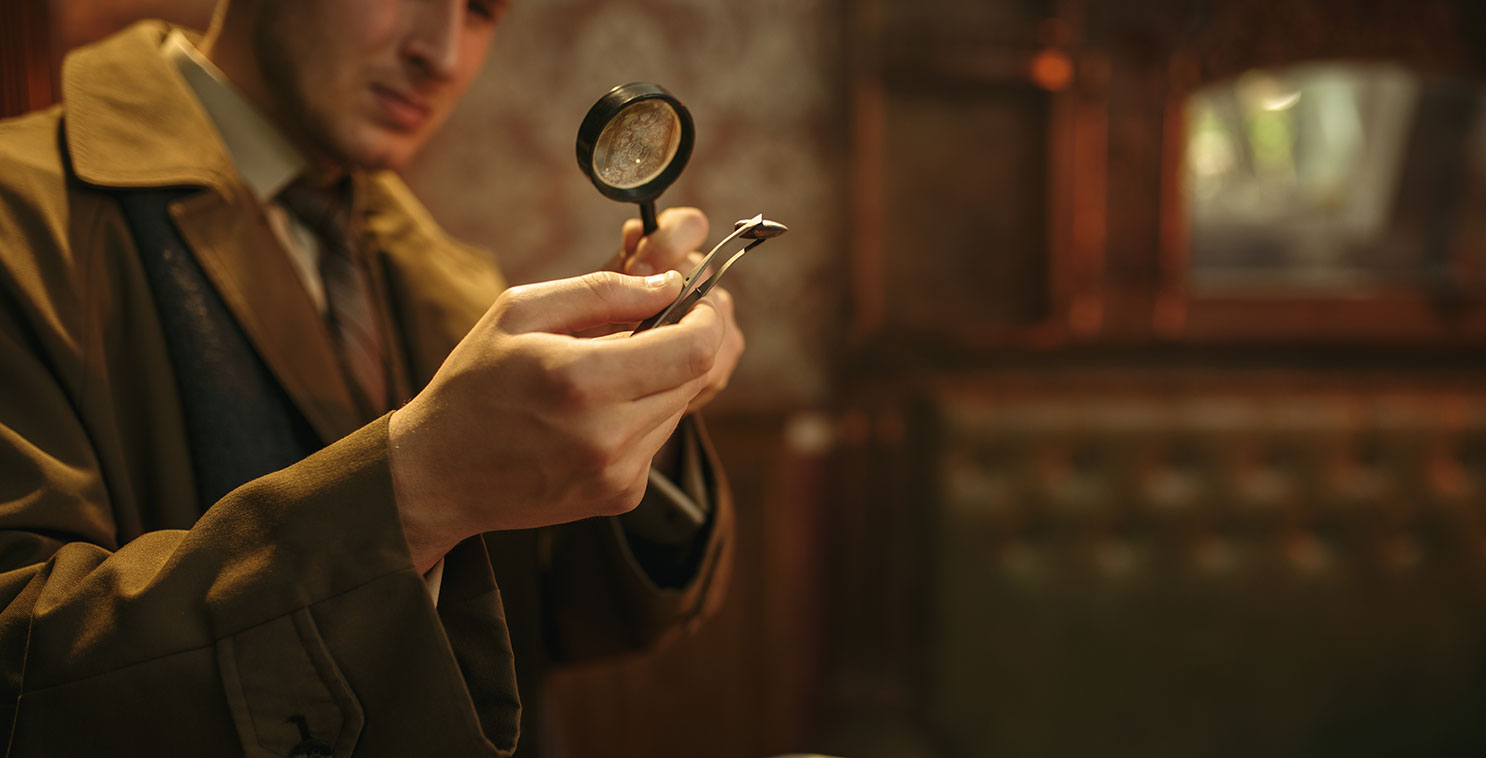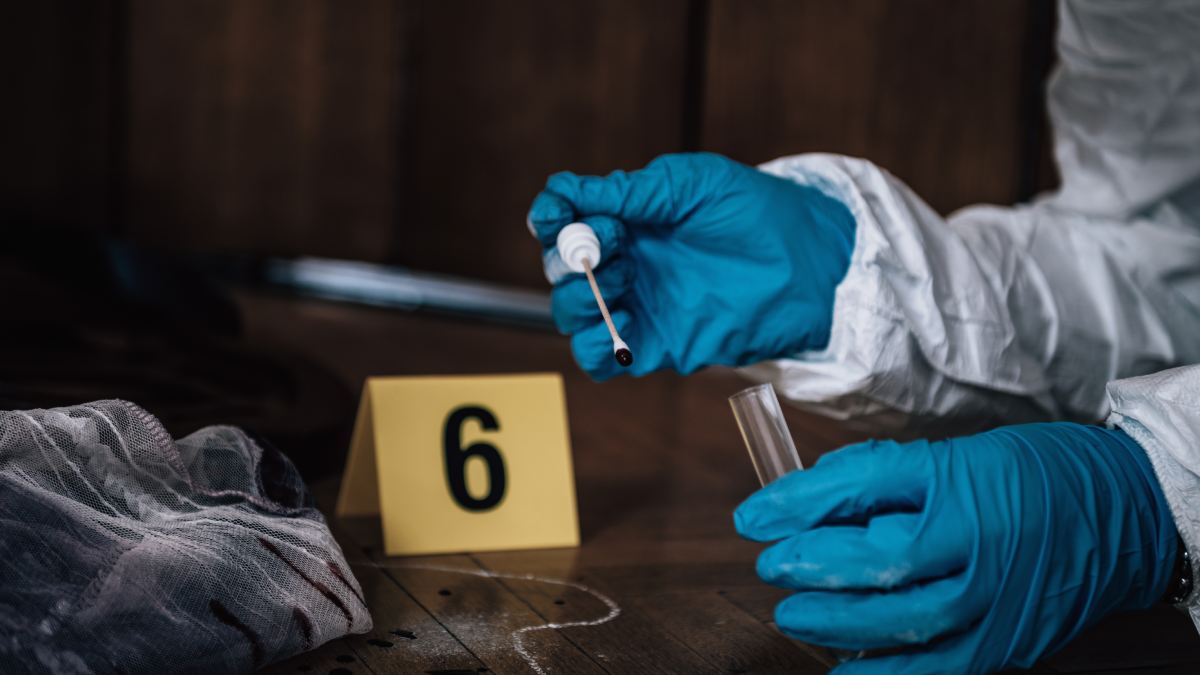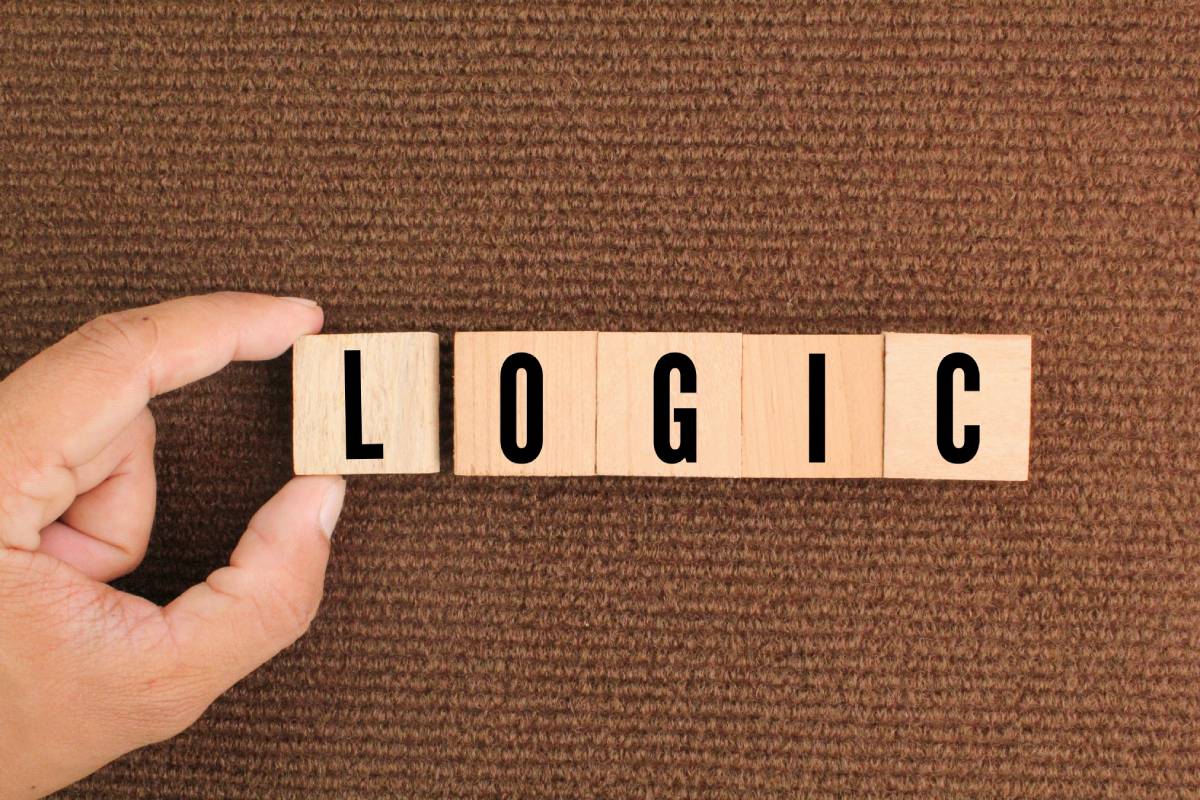
Building the Perfect Puzzle: The Science of Escape Room Design

Nothing is more satisfying than completing an escape room and feeling like you've accomplished something. The puzzles shouldn't be so easy that your four-year-old cousin can solve them in seconds, but they shouldn't be so difficult that it takes them hours to figure out. If you want to learn all about the science behind designing the best escape room, you are in the right place; the American Escape Room team has collected all the information you should know.
Understanding the basics of escape room design
Escape rooms are designed so you and your team can immerse yourselves and have the most fun experience. There are a few factors to remember before choosing the perfect game for you. The difficulty level of the puzzles is one of them, as well as the escape room theme. If the difficulty level is more complex, the game can become more stressful for your team, while a more accessible room can quickly become tedious. The difficulty of the puzzles also changes throughout the game; they are designed similarly to a theatre act or novel to keep things exciting and interesting.
The game usually starts slow, then the tasks become more challenging, and the clock keeps ticking. As you solve the first few puzzles, they become increasingly more complex, and with the time limit, you have to start thinking faster and faster. Therefore, efficient teamwork becomes more important to win the game.
A captivating theme and storyline are critical to creating a suitable escape game. All escape room games have a set scene that is usually explained in a text or a video. Although this is not a crucial part of understanding the puzzles of the escape game, they hide several clues, so it is important to read/watch through them. This also helps you know the game's goal and enables you to set your personal goals.
Identifying the appropriate target audience, choosing a suitable room layout and size, and setting the game duration and difficulty level to provide a challenging but satisfying experience for players are also among the top priorities. By understanding these essential elements, an escape room designer can create a solid foundation for a successful and enjoyable escape room experience.

Key elements of a successful escape room
You must remember several things to create an engaging and exciting escape room game.
- Various puzzles and clues challenge players' problem-solving skills and keep them engaged throughout the game. These puzzles include numbers, texts, physical puzzles, lights, sounds, hidden objects, visual designs, logic, and combination puzzles. You must be alert and always try new things to solve standard escape room puzzles. If you're stuck, remember that different team members often see things differently, and sometimes that's literal — a shorter teammate might notice something a taller one cannot!
- A good atmosphere and detailed decor transport players to another world, enhancing the overall experience. Players can become truly immersed in the background when a theme is well-crafted, making them feel like they are part of the story. A theme can also provide clues and hints to solve puzzles, making the game more engaging and challenging.
- The use of technology adds another layer of interactivity and engagement to the game, such as through the use of audio, visual effects, and automation. Sounds and lights can help players immerse themselves in the game, but they can also serve as important clues, so keep an eye out!
- A well-crafted storyline and compelling characters that players can connect with and root for throughout the game. By providing emotional connections to the story, actors playing characters can help players engage more deeply in escape rooms.
- The careful attention to detail in all aspects of the game, including puzzles, decor, and storyline, makes for a polished and enjoyable experience.

Puzzle designs
Several puzzle designs include physical, logical, observation, and wordplay. The difficulty of the puzzles influences the enjoyment of an escape game. In this part, we will detail the different puzzle types.
Numbers and texts
Knowing basic mathematics can undoubtedly help in winning an escape game. This is why teamwork is essential, since mathematical problems are the easiest for some people, while others can shine in different topics.
- Basic math puzzles don't require many mathematical skills, but you have to put numbers and patterns together. Sudoku is an excellent example of a mathematical puzzle. These numbers can hide important clues to get to the next room.
- Equation puzzles: mathematical symbols can lead to essential clues during the game. Always keep an eye out for the numbers and symbols in your surroundings.
- Missing-letter puzzles and crosswords: these can be found in almost all escape games. If you see an incomplete word or sentence, you are most likely facing a crossword or missing-letter puzzle.
Physical puzzles
Physical puzzles can be found everywhere in escape rooms and have a wide variety.
- Moving objects: There are easily movable smaller and large objects that are somewhat harder to move, and you might need your team's help. You should look for anything that seems out of place and suspicious, and don't forget which direction you moved it, as it can be an essential part of the clue.
- Knots: if you find yourself between interesting knots or strings that are out of place or holding an object, you might need to undo them to move to the next step.
Light and sound
The background music and the twitching lights are more important than putting you in the right mood. But, remember, everything can be a clue in an escape game!
- Background sound: the ambient music playing or the screeching from above can be part of the clue. You can even hear Morse code or a word being repeated continuously, which might be an essential part of the solution.
- Dark spots: sometimes, the essential things are in the spotlight; other times, they are in the dark. Look for shady areas that seem out of place, and you might find something. If there is a flashlight between the objects, that might be a sign that you must use it!
- Lyrics: there is a slight chance that the vocal singing in the background is just there by chance, but it is often part of the clue. It would be best if you listened to the lyrics; any words, any numbers, and even the rhythm can be a clue.
Hidden objects
Objects are all around you in an escape room, but they are rarely noticeable. Look for everything from the smallest one to the biggest, and make a list of everything that you have found.
- Books: the bookshelf is a widespread place to hide clues. Look out for any text; they likely hide something important.
- Shelves, drawers: usually, you will be able to find something in at least one of the drawers. Look out for wrong sides, hidden cabinets, or boxes; the clues might be more discreet than you think.
- There are several clues in one place: don't stop when you find a clue in a book because there might also be several other clues hidden in the same place. It can be helpful to examine the same areas multiple times.
Visual design
Besides the atmospheric effect, the room's design can also be part of the clue.
- Patterns: look out for patterns and textures, dashes, and dots; they might be Morse code or other things.
- Pictures and paintings: examine the photos and illustrations thoroughly; maybe it's something in the colors, the objects, the people, or the signature. Search for clues in pictures that are hung on the wall.

Logic puzzles
In an escape room, logic is your best weapon. Many of the puzzles rely on logical thinking. This is a skill that escapes games help to improve the more you play, and after a few times, you can solve challenging logical puzzles as well.
- Repeated themes. Maybe there are cards in increasing numbers on the table or the bookshelf; one book is missing from the series. Anything and everything is a clue, so keep your mind sharp and focused!
- An easy answer might not be suitable: never settle for the easiest solution, as it might be a trap. Always examine the puzzle from different perspectives so that you can save time. Always try to think outside the box.
- Symbols: It is important to take notes of characters that you see around the room. If you find two similar characters, try to match them.
Combination puzzles
Escape rooms usually rely on all the puzzle types and more! You might have to solve various puzzles to keep things entertaining and exciting until you win. You may have to combine several puzzle types from the list above to solve one clue, so always remember these.
The puzzle flow and balance of difficulty are always important. Different team members can solve different puzzles simultaneously and reunite with the solutions to get the following clues. Creating puzzles that are challenging but not frustrating for the players is vital for a suitable escape game.
Creating an immersive atmosphere
The first step for a fantastic escape room game is creating an immersive experience by establishing a strong narrative or storyline. A good storyline can transport players to any era and place, allowing them to engage entirely with the puzzles and challenges in the room. The storyline needs to be consistent throughout the room. All the elements, like the decoration and the unknown, should contribute to the theme.
The props and decoration are the most critical aspect of creating an amazing experience. A realistic, detailed environment makes it easy for your team to live in the moment and suspend their disbelief entirely. The furniture, the objects, the colors, and the lights should also mirror a specific theme and mood.
Lighting and light effects are also significant in addition to props and decorations. Background music or sound effects can add to the game's mood and create an amazing experience. In horror escape rooms, the music is usually eerie to add tension and suspense for the players.
The role of technology in escape room design
Technology is becoming an increasingly important part of our everyday life, and it is no different in the best escape rooms. You can find many gadgets that help you get into the spirit in the game, depending on the theme.

Cameras
Surveillance cameras are installed in almost every escape room. They are not only placed there to track the movement of the players but also for the players to ask for hints or help. The cameras also reduce the possibility of accidents and problems.
Lights
In escape rooms, lights are not only helping with visibility, but they also hide or reveal essential clues. They can add a lot to the gaming experience for your team. Lights directly affect the mind of the players depending on where they are placed and what color they have.
Sound effects
Sound effects work well together with lights in an escape game. Some rooms have several hidden speakers, and they can hide essential clues. Sounds and music also make the game even more immersive. The appropriate sound effects can make any escape game a hundred times better! It is important to note that the rooms with loud sound and light effects might trigger epileptic or autistic people, so always be cautious.
Puzzles and quizzes
Quizzes and puzzles are significant components of escape rooms. The game can be immersive and fun depending on the difficulty level and variety of puzzles. They also help teams work together better and improve essential problem-solving and logical thinking skills. The puzzles include mathematical problems, riddles, crosswords, and many more. The solutions give the player a sense of satisfaction and an overall good feeling. In newer espace rooms, you can find electronic labyrinths, touch screen code locks, and different devices.
Automated doors
In modern escape rooms, the door automatically pops open as soon as you get to the end of the game and find the solution. This makes players feel like masterminds! In addition, these doors bring escape rooms to the next level, creating excitement as they unexpectedly open when the clue is found.
Range of locks
It is essential to be locked in an escape room because the game's primary goal is to unlock doors and escape! There are two ways to open a lock: with a key or passcode. In either case, you have to open it manually or automatically. Since the beginning of escape rooms, conventional padlocks have been used, and these locks continue to be ideal for those set in households. However, other escape rooms' different themes do not use padlocks; instead, escape room designers use tech-based locks, including combination, digit, and sensor-activated locks. These add the extra thrill to the game and make it more immersive.
Props
Props are the most crucial part of escape room games. Although many props are inanimate objects, newer games have many TVs, sound systems, robots, or even holograms. Of course, it also depends on the theme of the escape room if using a lot of technology is appropriate, but more often than not, they can be found. All these details can make a huge difference, and in the future, even more, technology will be included as we advance. But, of course, the technology is commonly integrated seamlessly into the game, so you might not even notice it at first.
Designing a memorable experience
Players should have an immersive and fun experience while playing an escape room game. An intriguing storyline, character, and theme are crucial, with good props and exciting puzzles—the importance of player experience. In addition, the game should have a satisfying conclusion and the right amount of technology to make it even more fun.